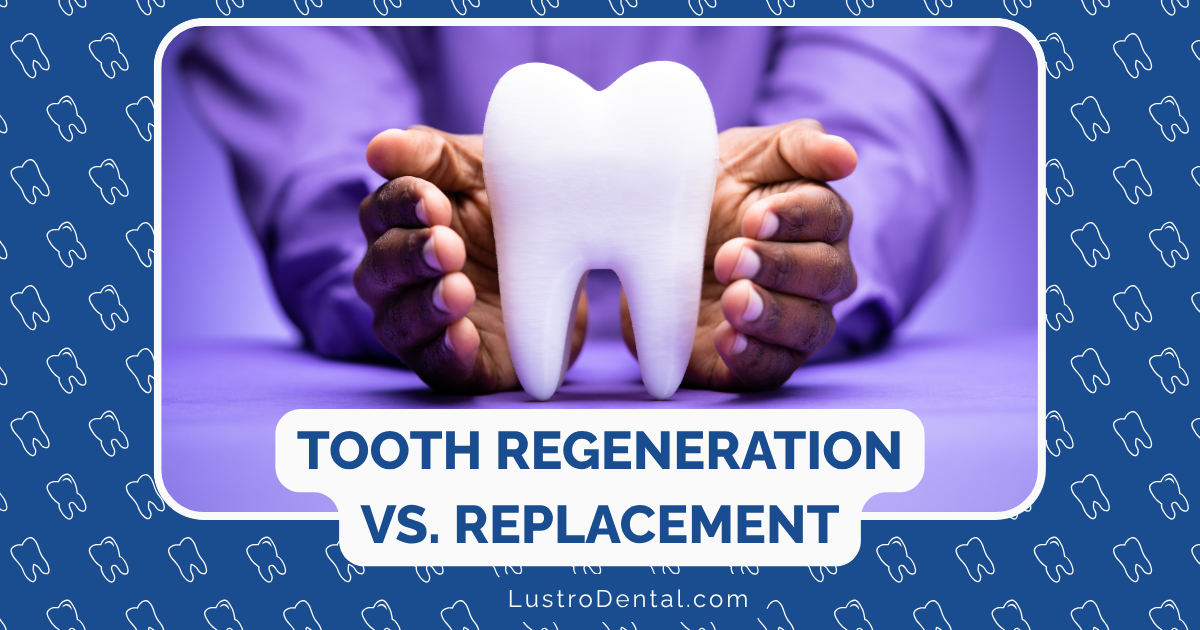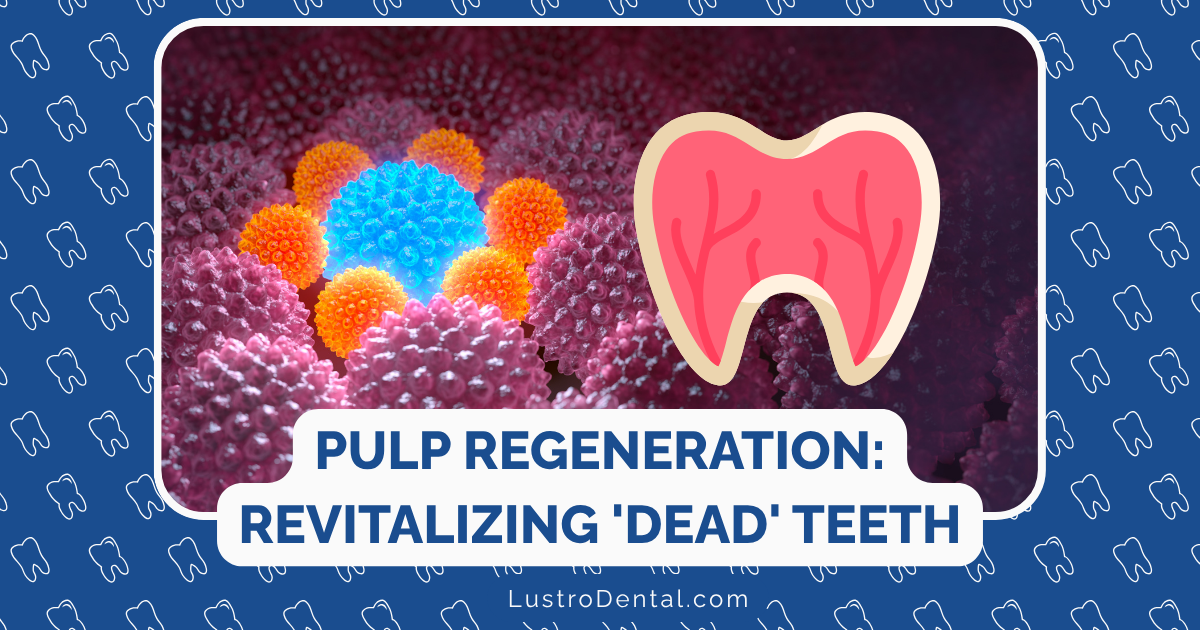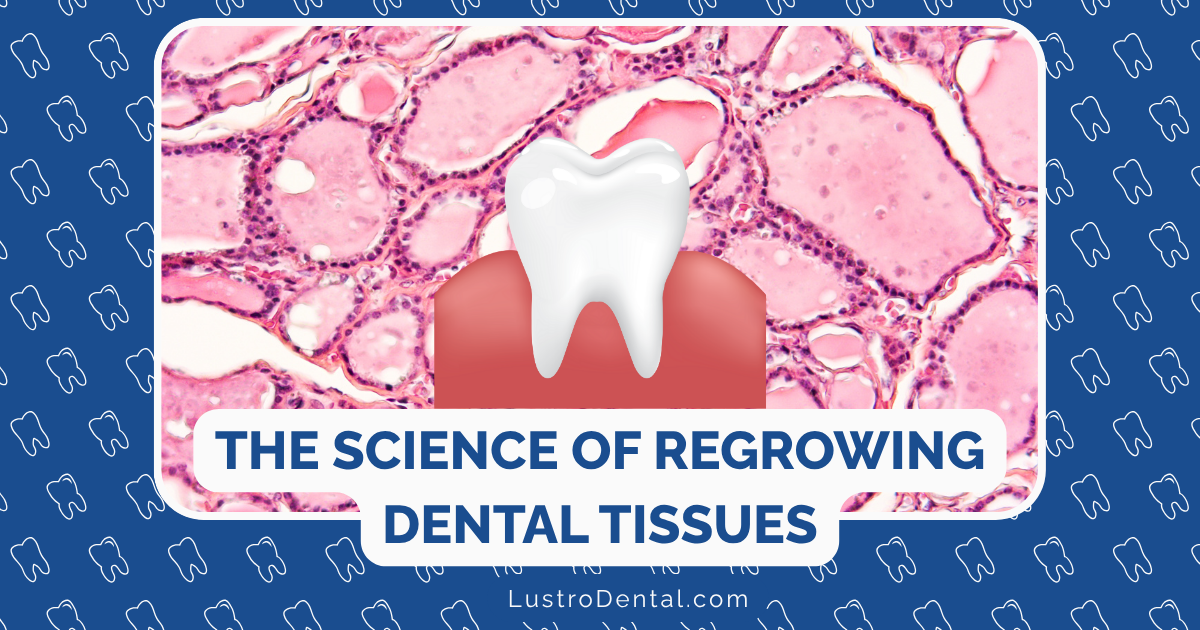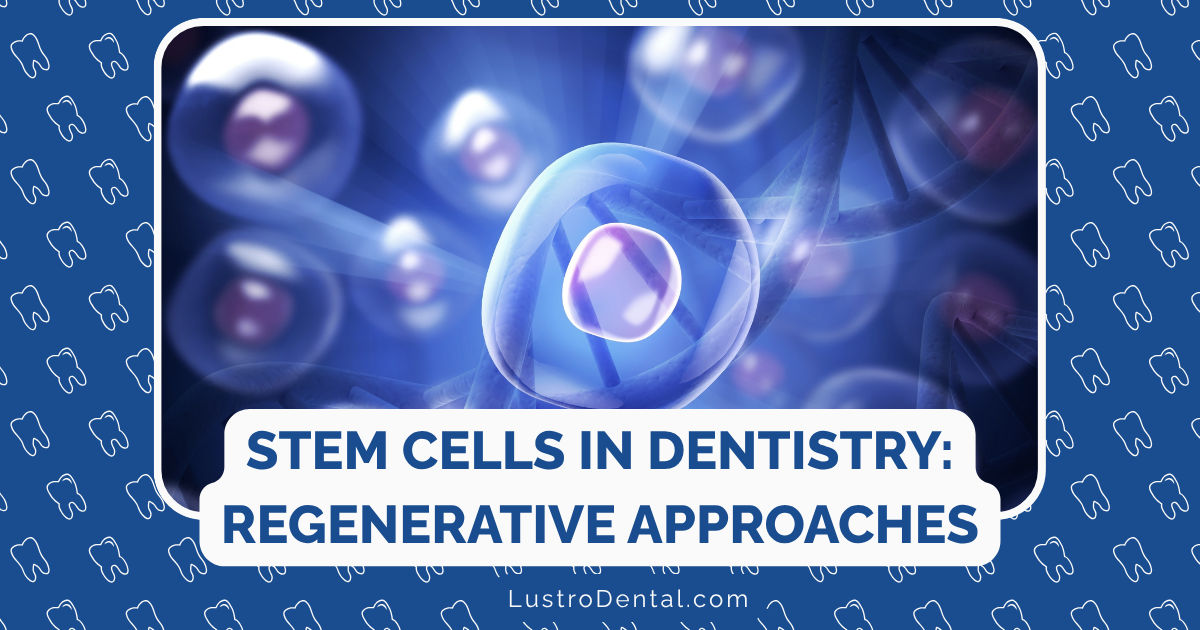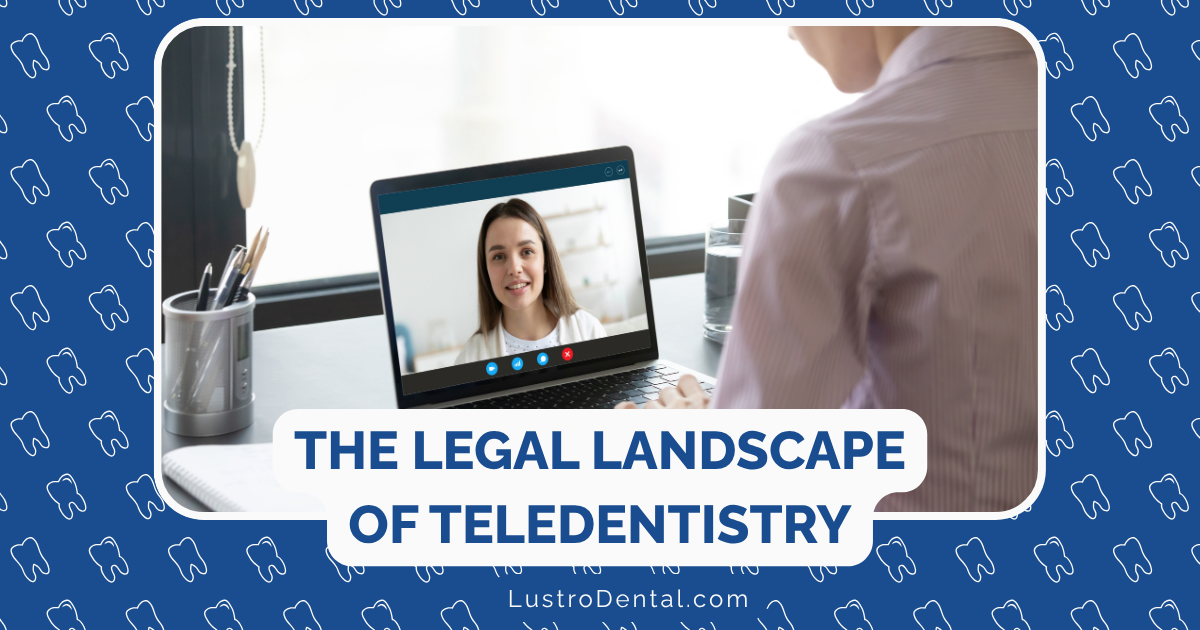Bioactive Materials: How Your Fillings Could Help Heal Your Teeth
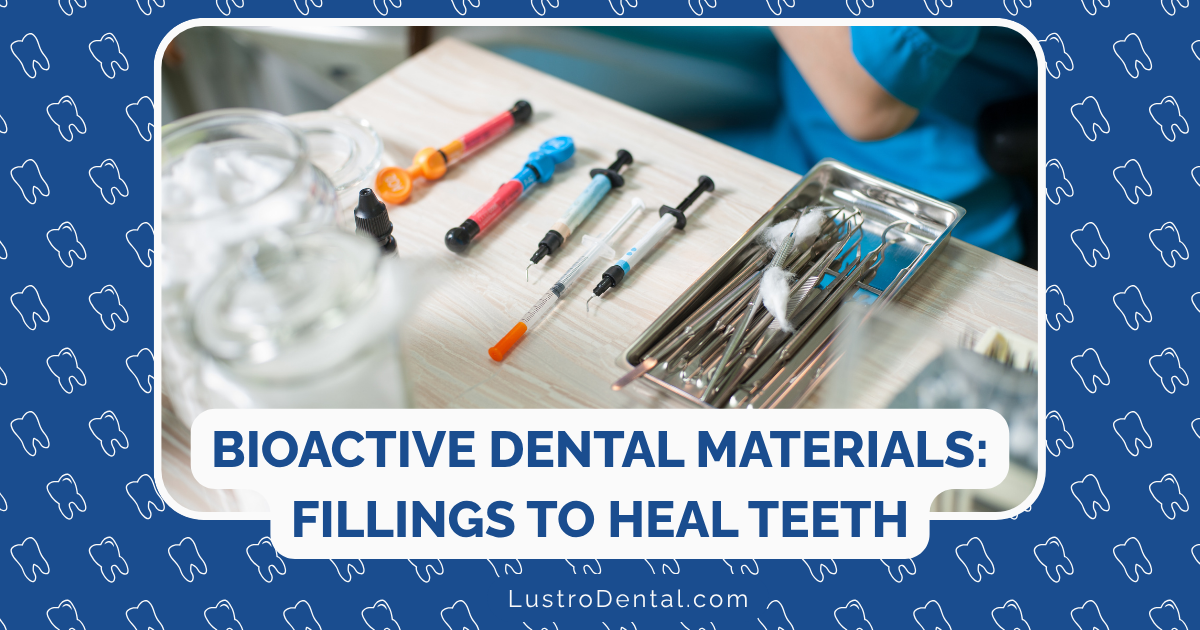
For generations, dental fillings have served a single purpose: to replace tooth structure lost to decay or damage. Traditional materials like amalgam (silver fillings) and even conventional composite resins (tooth-colored fillings) essentially function as passive space-fillers—they restore the tooth’s shape and function but do little else. However, a revolutionary category of dental materials is changing this paradigm. Bioactive dental materials don’t just fill the void—they actively participate in the healing process, potentially extending the life of your restorations and protecting your teeth from future decay.
Understanding Bioactive Dental Materials: More Than Just Fillings
Unlike traditional restorative materials that remain inert once placed, bioactive materials interact with the surrounding tooth structure in beneficial ways. But what exactly makes a dental material “bioactive”?
According to the FDI World Dental Federation, a truly bioactive dental material must meet specific criteria:
- It has a defined mechanism of action
- Its bioactive effect is scientifically documented
- The duration of its effect is stated
- It produces no significant adverse biological side effects
- Its primary purpose (restoring the tooth) is not impaired by its bioactive properties
Dr. Sarah Johnson, a researcher in dental biomaterials at the American Dental Association, explains: “Bioactive materials represent a fundamental shift in our approach to restorative dentistry. Instead of simply replacing what’s lost, we’re now using materials that can help prevent further damage and potentially even promote healing of the tooth structure.”
How Bioactive Materials Work: The Science Behind the Healing
Bioactive dental materials function through several mechanisms that set them apart from conventional fillings:
Ion Exchange
One of the primary ways bioactive materials promote healing is through the release of beneficial ions:
- Calcium and Phosphate Ions: These are the building blocks of tooth enamel and dentin. When released from bioactive materials, they can help remineralize weakened tooth structure surrounding the restoration.
- Fluoride Ions: Released fluoride helps form fluorapatite, a compound more resistant to acid attacks than natural tooth mineral. According to research published in PMC, this fluoride release is strongly associated with increased resistance to secondary decay.
- Alkaline pH: Many bioactive materials maintain an alkaline environment that neutralizes acids produced by bacteria, helping to prevent demineralization.
Formation of Mineral Deposits
A hallmark of bioactive materials is their ability to form mineral deposits at the interface between the restoration and tooth:
- Hydroxyapatite Formation: Some bioactive materials stimulate the formation of hydroxyapatite—the natural mineral component of teeth—creating a stronger bond between the filling and tooth structure.
- Gap Filling: These mineral deposits can help seal microscopic gaps between the restoration and tooth, reducing the risk of bacterial infiltration and secondary decay.
Antibacterial Properties
Many bioactive materials exhibit antibacterial effects through various mechanisms:
- Direct Antibacterial Action: Some materials contain components that directly inhibit bacterial growth.
- Biofilm Modulation: As noted in JADA Foundational Science, bioactive materials can modulate cariogenic biofilm growth, preventing bacterial acid production that would otherwise degrade the tooth-restoration interface.
Dr. Michael Chen, a clinical dentist specializing in minimally invasive techniques, notes: “What’s particularly exciting about bioactive materials is that they’re actively working to protect the tooth long after the patient leaves the office. It’s like having a continuous dental treatment taking place within the filling itself.”
Types of Bioactive Dental Materials: Options for Healing
Several categories of bioactive materials are currently available for clinical use:
Glass Ionomer Cements (GICs)
Glass ionomers were among the first materials to demonstrate bioactive properties:
- Mechanism: Release fluoride and form a chemical bond with tooth structure
- Best Uses: Non-stress-bearing restorations, especially in high-caries-risk patients
- Limitations: Lower strength compared to composite resins
Research published in Frontiers in Dental Medicine highlights that GICs release fluoride ions that form fluorohydroxyapatite, which is more resistant to acid demineralization than natural tooth structure.
Resin-Modified Glass Ionomer Cements (RMGICs)
These hybrid materials combine the bioactivity of glass ionomers with improved mechanical properties:
- Mechanism: Release fluoride while providing better strength and aesthetics than traditional GICs
- Best Uses: Moderate-stress areas, cervical lesions, pediatric restorations
- Advantages: Better handling and aesthetics than conventional GICs while maintaining bioactivity
A meta-analysis in PMC found that in deciduous teeth, RMGICs showed a lower risk of secondary caries compared to conventional GICs, with a relative risk of 0.56.
Bioactive Resin Composites
The newest category of bioactive materials combines the strength and aesthetics of traditional composites with bioactive properties:
- Examples: ACTIVA BioACTIVE (Pulpdent), Beautifil (Shofu), Predicta Bulk (Parkell)
- Mechanism: Release calcium, phosphate, and fluoride ions while maintaining the mechanical properties of resin composites
- Best Uses: Can be used in most situations where traditional composites would be indicated
According to Pulpdent, their ACTIVA BioACTIVE materials support natural remineralization and provide defense against secondary caries through mineral apatite formation at the material-tooth interface.
Calcium Silicate-Based Materials
Originally developed for endodontic (root canal) procedures, these materials are now being used in restorative dentistry:
- Examples: Mineral Trioxide Aggregate (MTA), Biodentine
- Mechanism: Stimulate formation of hydroxyapatite and promote pulp healing
- Best Uses: Direct and indirect pulp capping, deep restorations near the pulp
Research from Frontiers in Dental Medicine indicates that Biodentine has mechanical resistance similar to human dentin and is particularly effective in pulp therapy due to its biocompatibility and bioactivity.
Experimental Materials
Ongoing research is developing even more advanced bioactive materials:
- Nano-Amorphous Calcium Phosphate (NACP) Modified Materials: A study published in the Journal of Oral Biology and Craniofacial Research found that incorporating NACP into bioactive materials significantly enhanced remineralization potential, with ACTIVA BioACTIVE with NACP showing the highest remineralization with a calcium/phosphate ratio of 2.16.
Clinical Benefits: What This Means for Patients
The bioactive approach to dental restorations offers several potential advantages for patients:
Reduced Risk of Secondary Decay
Perhaps the most significant benefit is protection against secondary (recurrent) caries—decay that forms at the margins of existing restorations:
- Traditional fillings have no inherent ability to prevent new decay
- Bioactive materials can help neutralize acids and remineralize early demineralization
- This is particularly valuable for high-caries-risk patients
A meta-analysis published in PMC found that glass ionomer cements demonstrated a lower risk of secondary caries in permanent teeth compared to resin composites and amalgam, with a relative risk of 0.33.
Extended Restoration Longevity
By actively working to strengthen the tooth-restoration interface and combat bacterial challenges, bioactive materials may help restorations last longer:
- Improved marginal seal through continuous ion exchange
- Reduced degradation of the bond between tooth and restoration
- Enhanced resistance to the stresses of the oral environment
Minimally Invasive Dentistry
Bioactive materials support the principles of minimally invasive dentistry:
- They allow for more conservative preparations, preserving more natural tooth structure
- Their remineralizing properties can help stabilize early lesions without extensive drilling
- They may reduce the need for replacement of restorations over time
Dr. Lisa Rodriguez, who focuses on conservative dentistry, notes: “Bioactive materials align perfectly with the minimally invasive approach. When we can place a restoration that not only replaces what’s lost but also helps protect and potentially heal the surrounding tooth structure, we’re providing truly comprehensive care.”
Pulp Protection and Vitality Preservation
For deeper restorations where the pulp (nerve) of the tooth may be at risk:
- Bioactive materials can stimulate the formation of reparative dentin
- Their alkaline pH creates an environment conducive to pulp healing
- Some can even promote regenerative processes within the pulp
According to JADA Foundational Science, clinical trials show high success rates (>85%) in healing apical periodontitis using bioactive materials in regenerative endodontic procedures.
Real-World Performance: What the Research Shows
While laboratory studies consistently demonstrate the potential benefits of bioactive materials, what matters most is how they perform in actual patients. Here’s what current research tells us:
Clinical Studies
A systematic review published in the Journal of the American Dental Association evaluated 80 studies on bioactive dental materials, including 4 randomized clinical trials. While the evidence for clinical benefits remains evolving due to the predominance of in vitro studies, several important findings emerged:
- Glass ionomer-based materials consistently show lower rates of secondary caries compared to conventional composites
- Bioactive materials demonstrate particular benefit in high-risk patients (those with dry mouth, poor oral hygiene, or high caries activity)
- Long-term clinical studies are still needed to fully validate the durability of newer bioactive composites
Mechanical Performance
A concern with any new dental material is whether its bioactive properties come at the expense of mechanical strength and durability. Research published in Nature evaluated the mechanical properties of several commercial bioactive materials:
- Flexural strength values ranged from 86.55 MPa (ACTIVA BioACTIVE Restorative) to 120.40 MPa (Predicta Bulk Bioactive)
- Predicta Bulk Bioactive showed the highest mechanical parameters and the lowest sorption among tested bioactive materials
- While some bioactive materials showed lower mechanical properties than conventional composites, many are still within the acceptable range for clinical use
Patient-Reported Outcomes
Beyond the scientific measurements, patient experiences with bioactive materials have generally been positive:
- Reduced post-operative sensitivity compared to some traditional composites
- High satisfaction with the aesthetics of modern bioactive materials
- Appreciation for the potential long-term benefits explained by dentists
James, a patient who received bioactive fillings after experiencing frequent replacement of traditional composite restorations, shares: “My dentist explained that these new fillings could actually help protect my teeth from getting more cavities. After having had so many fillings replaced over the years, the idea that these might last longer and actually help my teeth was really appealing.”
Limitations and Considerations: Understanding the Full Picture
Despite their promising benefits, bioactive materials are not without limitations:
Current Challenges
- Mechanical Properties: Some bioactive materials still don’t match the strength and wear resistance of traditional composites for high-stress areas
- Technique Sensitivity: Proper placement and handling are crucial for optimal performance
- Cost Considerations: Bioactive materials are often more expensive than traditional options
- Limited Long-term Data: Many newer bioactive composites lack extensive long-term clinical studies
When Bioactive Materials May Not Be Ideal
While bioactive materials offer significant advantages in many situations, they may not be the best choice for every restoration:
- Very large restorations in stress-bearing areas where maximum strength is required
- Cases where perfect color matching is the highest priority
- Situations where cost constraints are significant
- Patients with specific allergies to components in certain bioactive materials
The Future of Bioactive Dental Materials: What’s on the Horizon
Research in bioactive dental materials continues to advance rapidly, with several exciting developments on the horizon:
Enhanced Remineralization Capabilities
Researchers are developing materials with even greater remineralization potential:
- Smart Materials: Materials that can detect pH changes and release ions only when needed
- Sustained Release Systems: Technologies that allow for longer-term ion release
- Targeted Delivery: Materials that can direct bioactive components to areas most in need
Improved Mechanical Properties
Next-generation bioactive materials aim to overcome current mechanical limitations:
- Novel Filler Technologies: Advanced fillers that enhance both strength and bioactivity
- Improved Resin Matrices: Matrices that resist degradation while supporting ion release
- Hybrid Systems: Combinations of different bioactive mechanisms for synergistic effects
Personalized Bioactive Materials
The future may bring bioactive materials tailored to individual patient needs:
- Caries Risk-Specific Formulations: Materials with varying levels of ion release based on a patient’s caries risk
- Age-Appropriate Options: Formulations specifically designed for primary teeth versus permanent teeth
- Condition-Specific Variants: Materials targeting specific conditions like erosion or root caries
Dr. Robert Thompson, a researcher in dental biomaterials, predicts: “Within the next decade, I believe we’ll see bioactive materials become the standard of care for most restorative procedures. The ability to not just restore but actually help heal teeth is too significant an advantage to ignore.”
What Patients Should Know: Practical Considerations
If you’re considering bioactive materials for your next dental restoration, here are some important points to discuss with your dentist:
Questions to Ask Your Dentist
- Am I a good candidate for bioactive restorative materials?
- Which specific bioactive material would you recommend for my situation and why?
- What benefits might I see compared to traditional materials?
- Are there any drawbacks or limitations I should be aware of?
- Is there any special care required for these restorations?
- How might the cost compare to traditional materials?
Understanding Expectations
It’s important to have realistic expectations about bioactive materials:
- They don’t “cure” existing decay—proper removal of decay is still essential
- They won’t completely prevent new cavities—good oral hygiene remains crucial
- Benefits are often gradual and preventive rather than immediately noticeable
- Not all bioactive materials have the same level or type of bioactivity
Insurance and Cost Considerations
While bioactive materials may have higher initial costs:
- Some dental insurance plans now cover bioactive materials
- The potential for longer restoration life and reduced secondary decay may provide long-term cost benefits
- Many dentists offer payment plans for patients who want to invest in bioactive options
Conclusion: A New Era in Restorative Dentistry
Bioactive dental materials represent a significant paradigm shift in restorative dentistry—moving from passive repair to active participation in the tooth’s defense and healing processes. While traditional materials simply fill the void left by decay, bioactive materials work continuously to strengthen the tooth-restoration interface, combat bacteria, and promote remineralization.
For patients, especially those at higher risk for decay, these materials offer the potential for longer-lasting restorations, reduced incidence of secondary caries, and overall better long-term outcomes. As research continues and these materials evolve, we can expect even more impressive capabilities from the fillings of the future.
The next time you need a filling, consider discussing bioactive options with your dentist. Your restoration could do more than just fill a hole—it could actively help heal your tooth from within.
Have you had experience with bioactive dental materials? We’d love to hear about your experience in the comments below!


